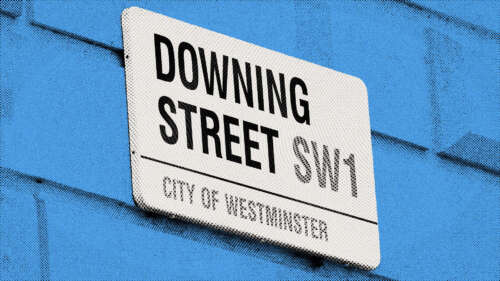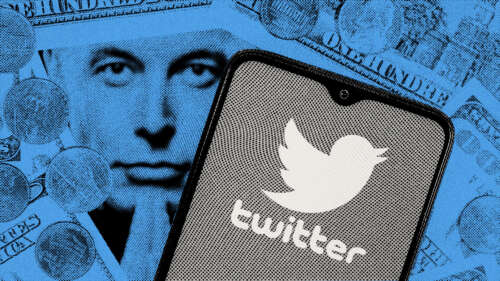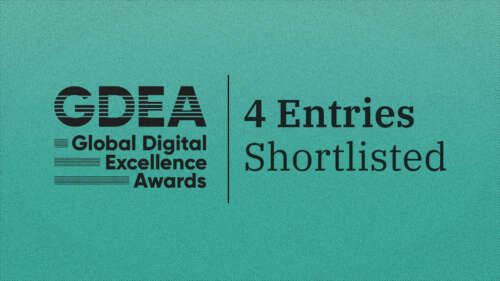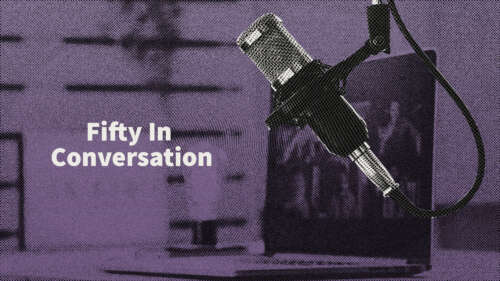Two years ago, the pandemic caused mass disruption to the labour market. Millions of people lost jobs or were furloughed, whilst others had to rapidly adjust to working from home as offices closed. This abrupt and forceful upset to the ‘9-5’ lifestyle came with the realisation that remote work doesn’t necessarily lead to a decline in productivity.
Today, as the world begins its post-pandemic recovery, it seems that remote work is here to stay. According to one study by Owl Labs, 90% of workers surveyed said they were as productive or more productive working remotely, and 84% reported that working remotely after the pandemic would make them happier.
But does this recent shift towards remote working mean the death of the traditional workplace environment? Or, will we see the office era make a return?
Methodology
To answer these questions, Fifty set out to define and analyse four key areas of the modern workplace. Our Insights Team used social listening data to build bespoke audiences engaging with the conversation around:
These core audiences were uploaded and segmented using our independent clustering algorithm, enabling Fifty to take a deep dive into each audience. We then compared the interests, professions, demographics and passions surrounding each conversation within the Fifty platform. Here’s what we found.
Key takeaways:
There is a wide variety of audiences included in the modern workplace conversations. A mixture of senior professionals and younger demographics were involved in the conversations.
‘Business Leaders’, ‘Senior Professionals’ and ‘Managers’ were found in abundance across the tribes, confirming the importance of these topics to the modern employee and the companies they work for.
Progressive interests indexed highly throughout the study. The algorithm found liberal politics, tech innovation and culture as some of the most common passion points indicating the current conversation is popular among the forward-thinking.
Comparative analysis
Work From Home (WFH)
This topic is by far the most common modern workplace arrangement spoken about online. Informed progressives were the highest-ranking tribe engaging with this topic, with the tribe skewing heavily towards ‘Senior London Professionals’ with interests in liberal politics and social issues. The community are likely to be engaging in the conversation surrounding both the benefits and challenges associated with WFH as there is a continuing debate on the trade-off of innovation for productivity as well as the potential social issues of a secluded workforce.
The Four-Day Work Week
As a relatively new arrangement associated with the modern workplace, the four-day work week seems to be particularly popular amongst Britain's youngest professionals. The tribe with the highest levels of engagement with this topic was ‘Gen Z: Contemporary Culture’, suggesting that the new scheme captures this forward-thinking community’s interest.
Interests such as Music and The Arts imply that this audience may have secondary creative interests which they would like to pursue in their extra time off.
Work-Life Balance
Whilst the concept of work-life balance is nothing new, COVID has catapulted the topic to the forefront of conversation on the future of modern working. In what has become known as ‘the great resignation’, workers around the world used the pandemic as an opportunity to reassess their working situation and seek out a better quality of life.
The tribes engaging with this issue consisted of a mixture of ‘Business Decision-Makers’ and Informed Progressives’, indicating the importance of this topic to the established professional. Trending categories, such as ‘Business News’ and ‘Finance & Investing’, suggest that although these tribes may be seeking a less stressful career, they remain committed to the business world.
Workplace Values
As the number of disengaged employees skyrocketed over the course of the pandemic, company values quickly have quickly become the new currency when it comes to employee retention. Gen Z in particular are placing increasing pressure on companies to adopt more progressive values, with younger employees now evaluating companies based on their moral and ethical commitments and relying on these commitments to make career choices.
This trend was evident throughout our analysis, which found tribes of ‘Gen Z’ and Millennial tribes both heavily engaged with the topic of ‘Workplace Values’. Also present were more established ‘Business Leaders’, indicating that there is a demand for value reform at both ends of the career ladder.
Want to know which topics your target audience is interested in? Get in touch with the Fifty team at [email protected] or book a free demo with our team.





































